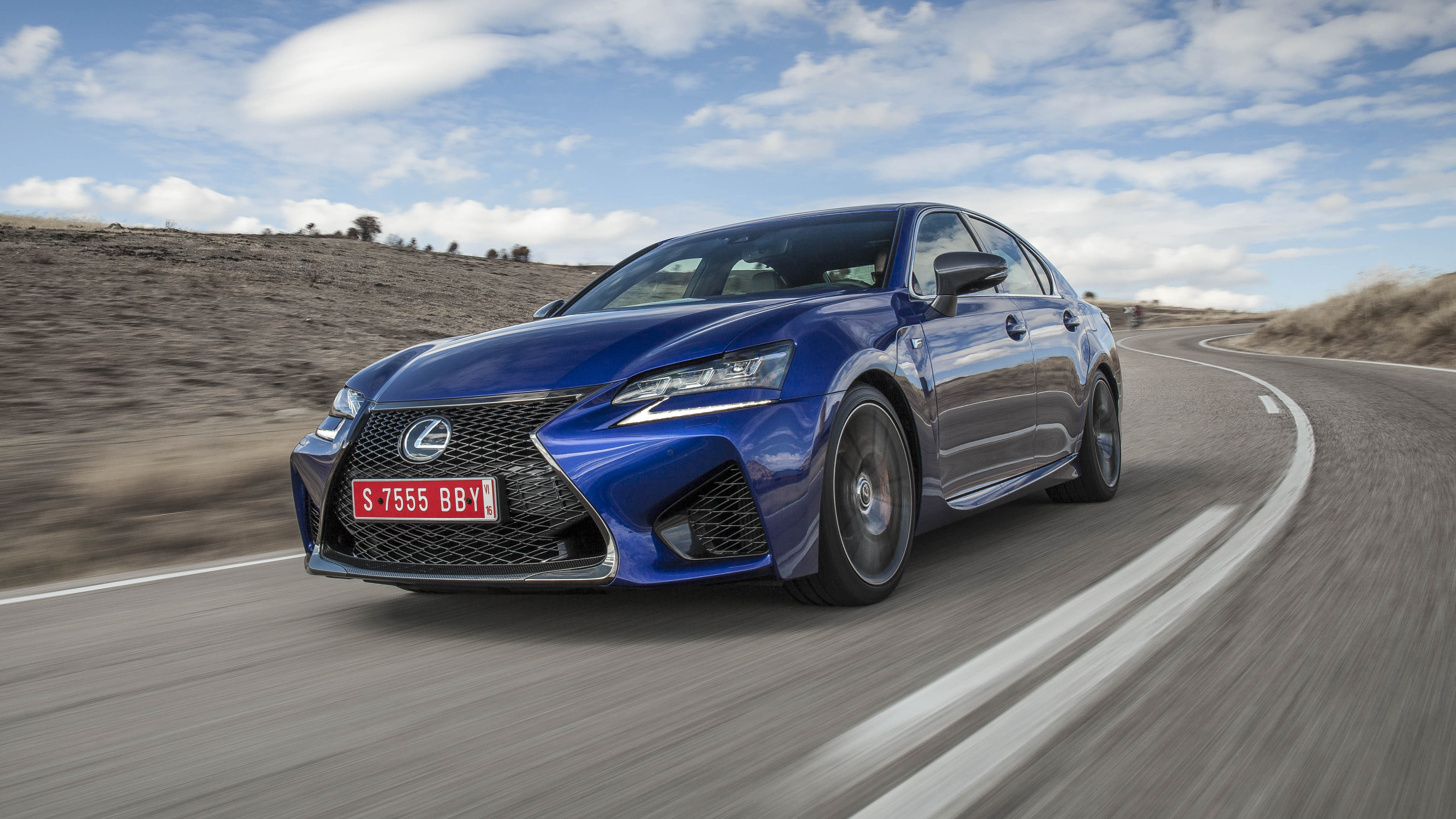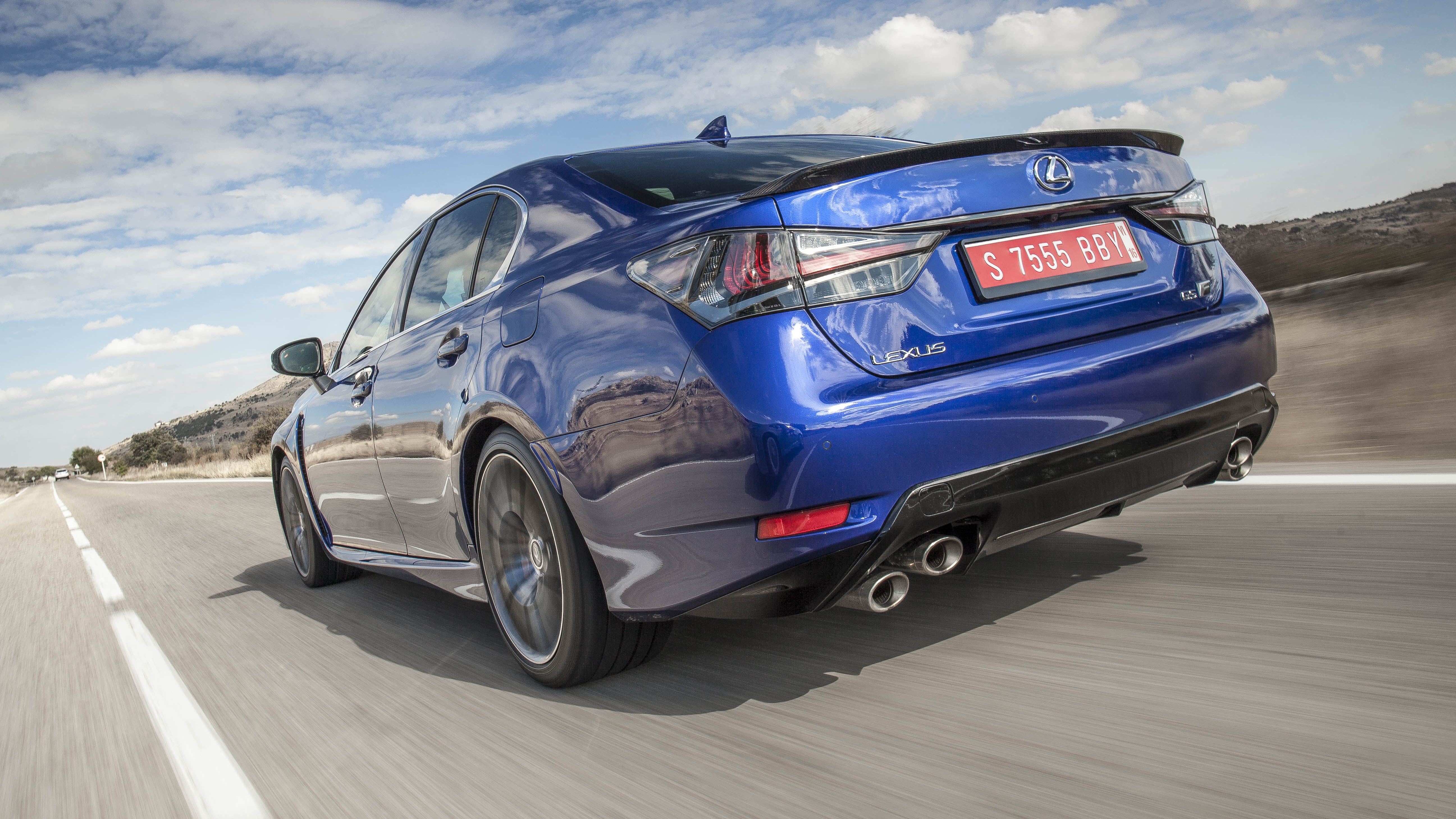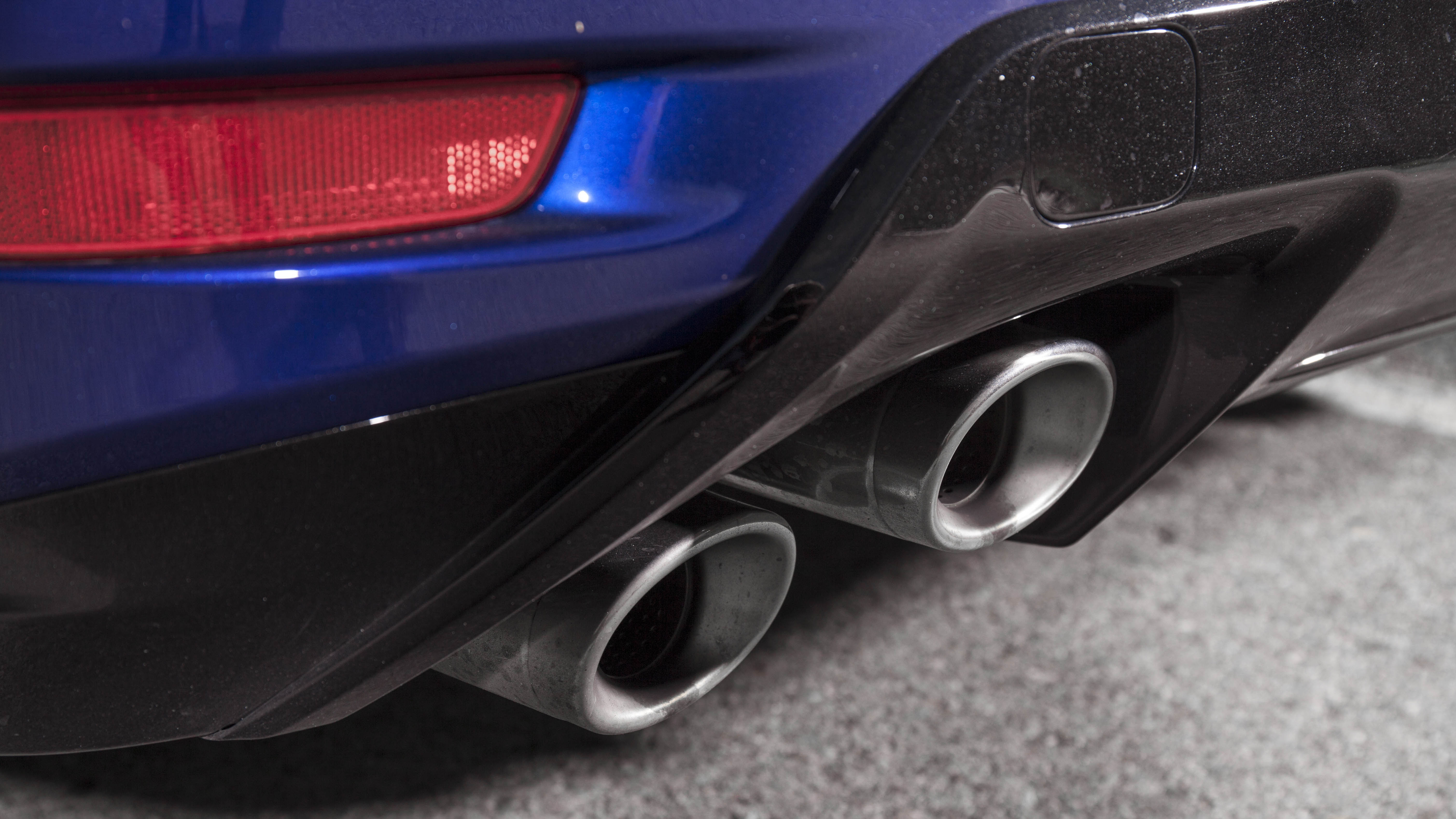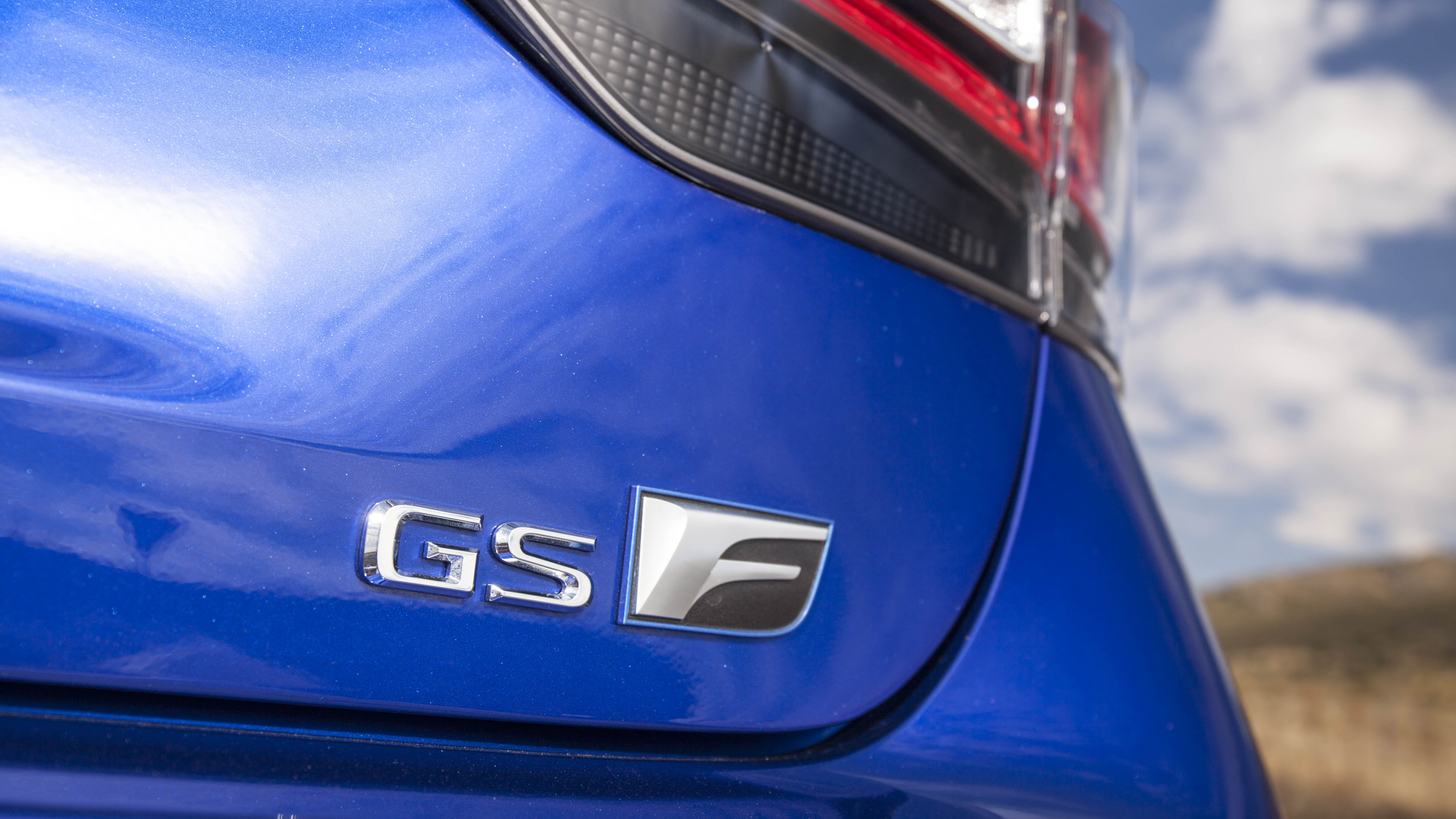
First drive: the new Lexus GS F, Japan’s answer to the M5
What’s this, then?
This is the new Lexus GS F, the fourth member of the ‘F’ family following the IS F, LFA and RC F and Japan’s answer to the intimidating trio that is the Mercedes E63 AMG, BMW M5 and Audi RS6.
Lexus is swimming with some awfully big fish here, and on paper the GS F doesn’t have the teeth to scare them.
How so?
The GS F’s engine is the same naturally aspirated 471bhp 5.0-litre V8 as the smaller RC F Coupe – hardly an old wheezebag, but underendowed when you compare it to the big Germans. In their most potent forms, the M5 '30 Jahre' has 592bhp, the E63 AMG S produces 577bhp and RS6 makes do with 552bhp.
Crucially though, all of the above are turbo fed so produce their maximum torque from around the 1,500rpm mark. The GS F, on the other hand, produces its peak torque of 391lb ft between 4,800rpm and 5,600rpm, and maximum power at a lofty 7,100rpm, just 200rpm before it butts the limiter.
To say it needs revving to produce its best is an understatement of quite epic proportions.
Surely that’s how a highly-strung performance engine should be?
Point taken, but in reality you spend most of your time in a car like this dawdling at low rpm, not chasing the limiter. Do so in the GS F and it feels flat and sluggish whereas a turbo V8 is always poised to serve up a fat dollop of acceleration.
It’s not an engine without merit, though – above 4,000rpm there’s a tangible kick, and another one accompanied by a blitz of noise and fury beyond 6,000rpm. That dull, linear feel and lower revs has its advantages too, because in full waft mode it’s as quiet and supple as a Lexus should be.
Top Gear
Newsletter
Thank you for subscribing to our newsletter. Look out for your regular round-up of news, reviews and offers in your inbox.
Get all the latest news, reviews and exclusives, direct to your inbox.
It’s a beautifully behaved motorway companion, but then so is a GS 300h and that’s exactly half the price of the £60k GS F. In short, 0-62mph in 4.6 seconds and a top speed of 168mph is fast, but not fast enough.
Shame. How does it sound when you thrash it?
Rather fruity actually, but there’s more to the noise than meets the ear. Dial the Drive mode select wheel through Normal, Eco and Sport until you reach Sport + and you get not just the natural induction and exhaust noise, but a synthetic soundtrack pumped through two dedicated speakers – one on the top of the dash, another behind the rear seats.
As a result there’s a stark contrast between the booming, gnashing cacophony at the top of the rev range and the eerie silence when you’re tickling along. In all honesty you probably wouldn’t notice the speakers if they weren’t pointed out, so hats off to Lexus for making a little artificial enhancement so invisible.
Is it any good on a track?
Can’t tell you. Lexus is keen to point out that the ‘F’ stands for Fuji Speedway, where the car was developed, but our test route took in the winding roads around Madrid without a racetrack in sight.
Frankly, we’re rather glad, because despite bold claims of development cars being hooned around the Nurburgring, a large luxury car like this belongs on public tarmac. Feeling it wallow and dive on a circuit while the steel brakes fade (carbon ceramics aren’t on the options list), would only sour our opinion, and we can’t see many GS F owners signing up for track days.
What about the on-road handling then?
On the smooth, undulating back roads Spain boasts in abundance, the GS F equips itself rather well. The electric steering system weights up in Sport + mode but has little in the way of feel – it’s quick enough though, requiring flicks of the wrists in most corners, not twirling of the arms.
Fixed-rate dampers (adaptive dampers aren’t offered) are an unusual decision given the GS F is so tech-heavy everywhere else, but they are nicely judged – allowing some roll at the expense of a supple ride, but propping you up enough to encourage quick cornering.
I’m guessing it’s pretty drifty?
Given the space and the gonads, yes. A manually-adjustable three-stage electronically control diff splits torque between the rear wheels, while the VDIM (Lexus’s catchy acronym for the ABS, stability and traction control) can be set to Normal, Sport and Expert mode. The latter not only massages your ego, but loosens the electronic net to allow some sideways stuff, but cut in before you spin.
Alternatively you can switch it all off and go it alone. It does require some commitment though, with all the grunt at the top end of the rev range, you’ll need a low gear and a flexible right foot to throw some proper shapes.
How about the gearbox?
By and large the eight-speed auto plays ball, shifting up quickly without interrupting your progress. Manual downshifts, however, are accompanied by a slur, then a jolt that’s unavoidable. And if burnouts are your thing, look elsewhere – the gearbox automatically upshifts from first to second just as things are about to get smoky.
A hit or a miss, then?
Let’s put it this way – if you’re willing to suffer the initial outlay for a car like this, not to mention fuel economy of 25mpg, chances are only something mind-alteringly fast will do. The GS F is not that car, especially not when compared to its German counterparts.
If, however, you want something more laid-back for the bread-and-butter chores, with enough to get the adrenaline flowing from time to time, the GS F stands alone. It costs £13,000 less than a BMW M5, too. That’s a lot of unleaded.
Featured

Trending this week
- Car Review
BMW 1 Series









